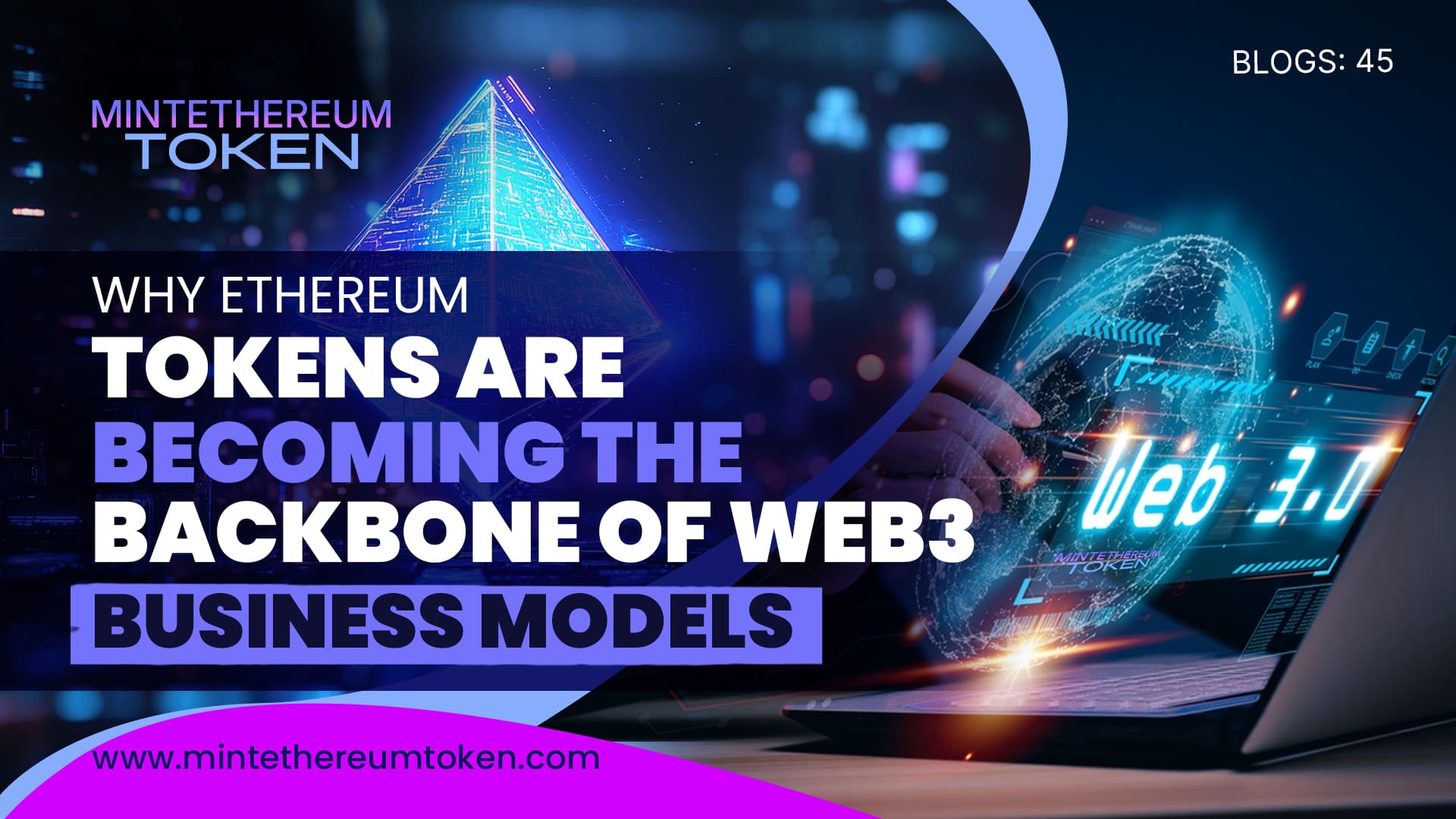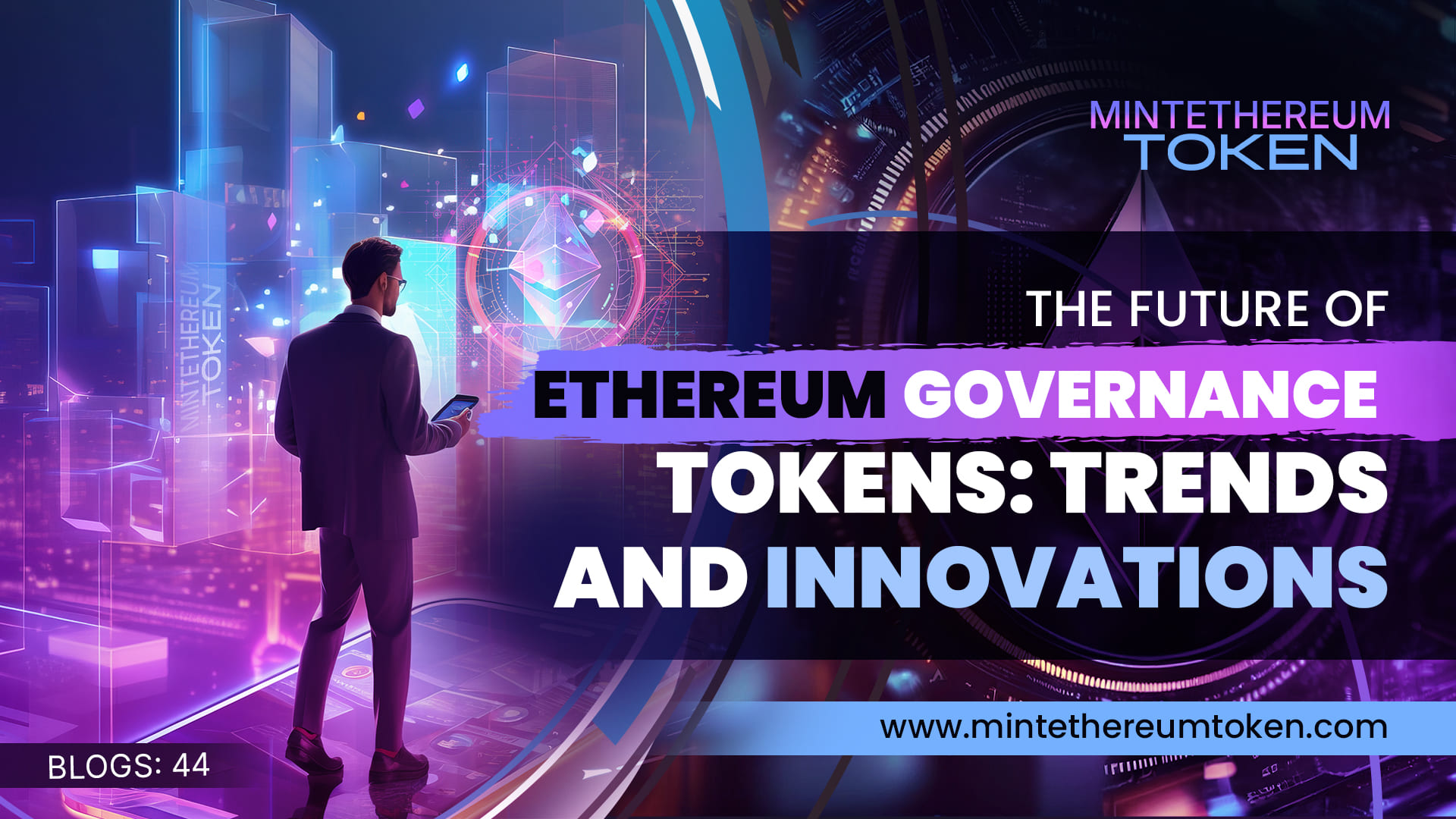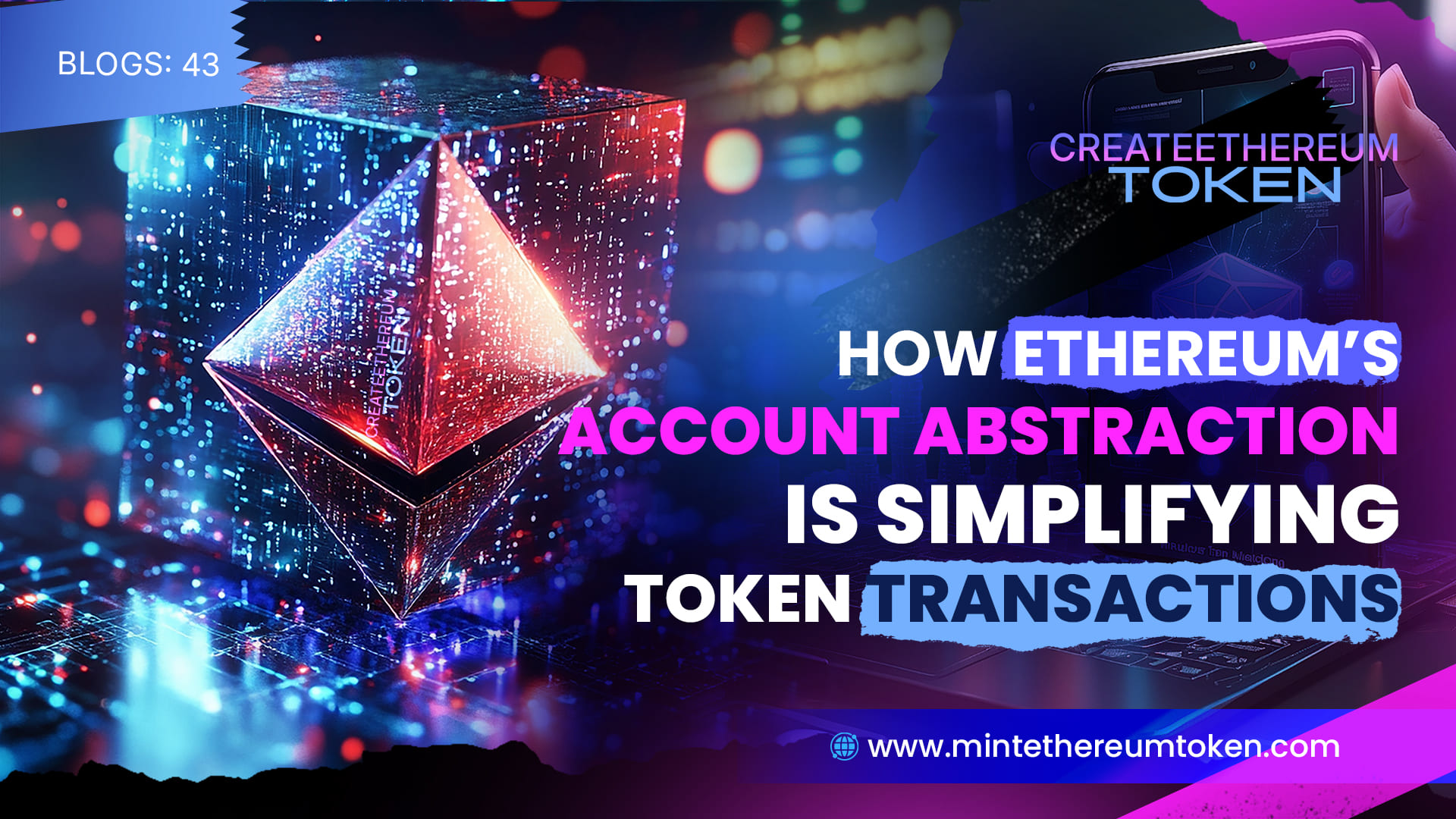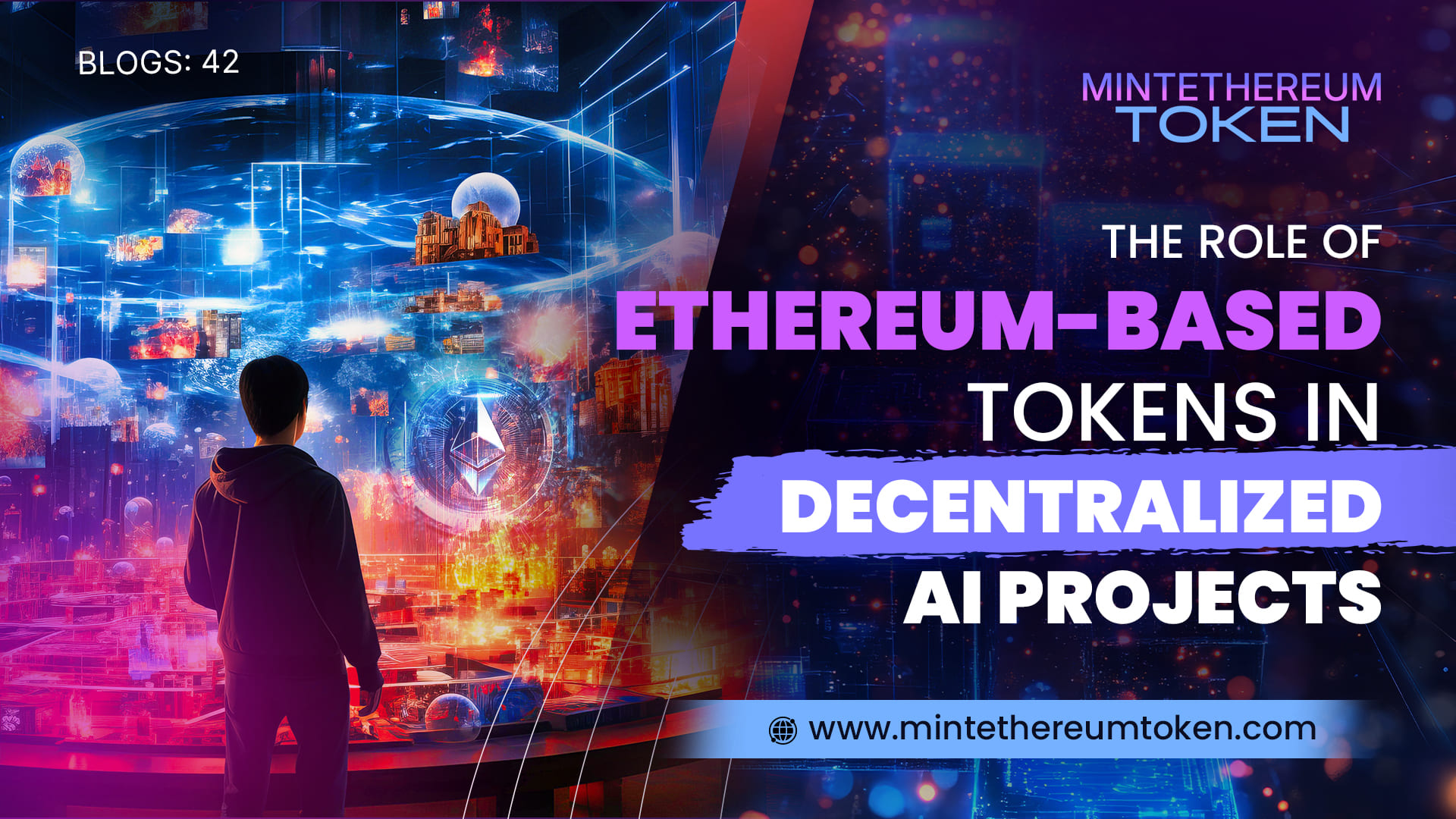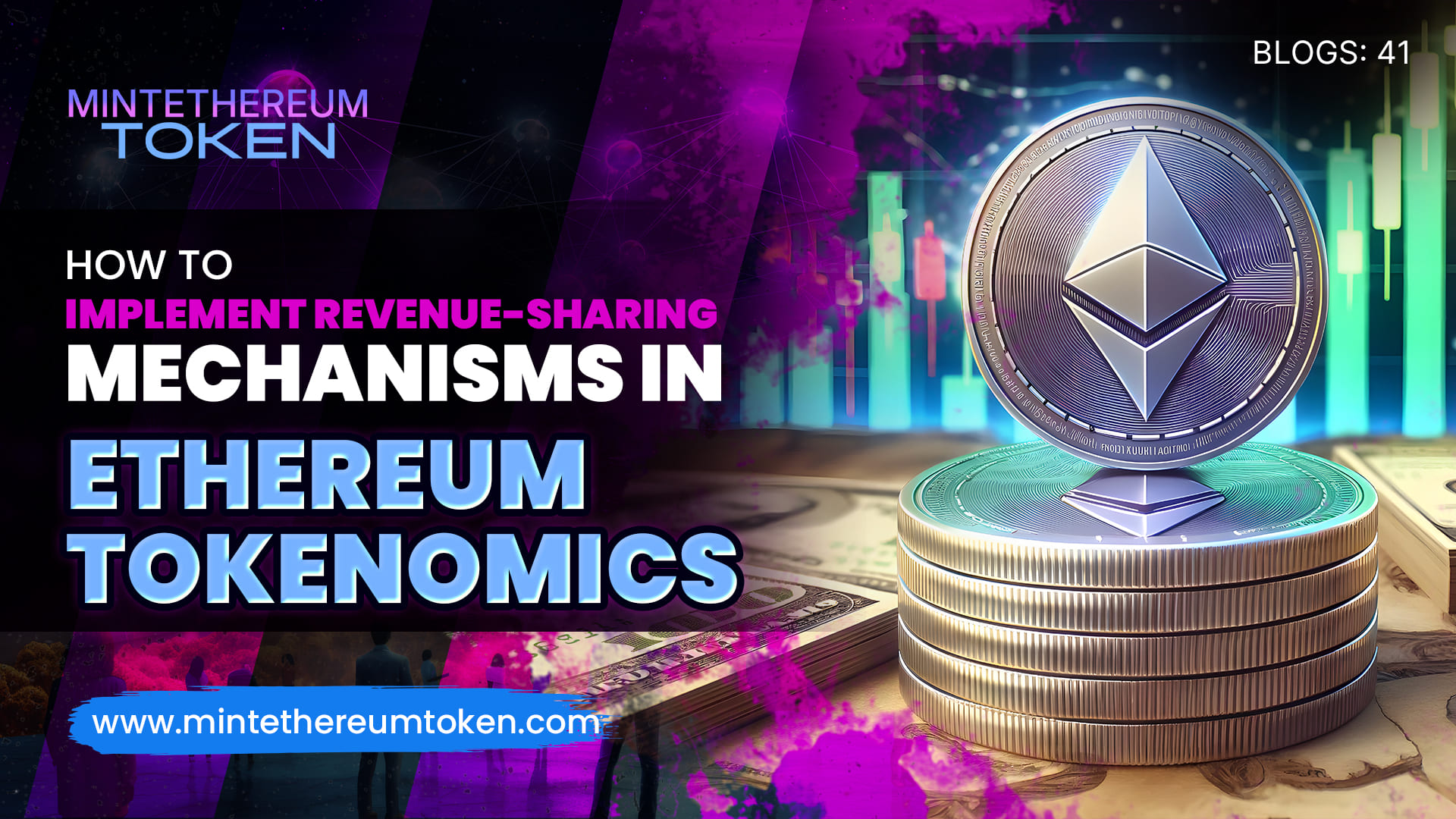September 25, 2024
How to Mint Ethereum Tokens for Gaming and NFTs in 2024
As Ethereum continues to dominate the blockchain space, its potential for gaming and non-fungible tokens (NFTs) has expanded tremendously. In 2024, the demand for NFTs in gaming is driving more developers and creators to mint their own tokens on Ethereum. Whether you’re looking to create in-game assets, collectibles, or entire ecosystems, minting tokens on Ethereum offers flexibility, security, and a wide user base. This guide will walk you through the process of minting Ethereum tokens for gaming and NFTs.
1. Why Mint Gaming and NFT Tokens on Ethereum?
Ethereum’s smart contract functionality and widespread adoption make it the ideal platform for gaming and NFT tokens. Here’s why:
- Security: Ethereum’s decentralized nature provides a robust level of security for digital assets, making it perfect for high-value NFTs and in-game currencies.
- Interoperability: Ethereum is home to multiple marketplaces, wallets, and platforms that support NFTs and gaming tokens, allowing your assets to be traded and used across different applications.
- Developer Ecosystem: Ethereum’s large developer community provides plenty of resources, tools, and support, ensuring that your token minting process runs smoothly.
2. Types of Tokens for Gaming and NFTs
When minting tokens on Ethereum, you’ll need to decide between two primary standards:
- ERC-20: Ideal for in-game currencies and tokens used for governance or staking.
- ERC-721 and ERC-1155: These are best for minting NFTs, including unique in-game assets like characters, weapons, and skins. ERC-1155 allows for batch minting, which can be useful for gaming assets that need to be mass-produced.
3. Step-by-Step Guide to Minting Ethereum Tokens
Step 1: Set Up Your Development Environment
Use tools like Remix or Hardhat to write and deploy your smart contract. If you’re creating NFTs, opt for an ERC-721 or ERC-1155 contract to ensure compatibility with NFT marketplaces and platforms.
Step 2: Write the Smart Contract
Your smart contract will define the properties of your token, such as name, symbol, and supply. For NFTs, it will also include the metadata that describes the unique properties of each token.
Step 3: Deploy the Contract on the Ethereum Mainnet
Once your smart contract is complete, deploy it on Ethereum’s mainnet. Make sure you’ve tested it on a testnet to avoid any costly errors during deployment.
Step 4: Mint the Tokens
After the contract is deployed, mint your tokens. For gaming, this may involve creating multiple in-game assets or currencies. For NFTs, mint unique or limited-edition items that players can collect or trade.
4. Use Cases for Gaming and NFTs on Ethereum
- In-Game Currencies: Create a currency that players can earn, trade, or use to unlock features within the game.
- Digital Collectibles: Mint rare and unique items that players can own and trade, such as exclusive skins, characters, or artwork.
- Player Rewards: Use tokens to reward players for achievements or participation, encouraging engagement and loyalty.
Conclusion
Minting tokens for gaming and NFTs on Ethereum in 2024 opens up endless possibilities for developers and creators. With Ethereum’s security, interoperability, and robust ecosystem, you can bring your gaming world to life while tapping into the growing market for digital assets.
